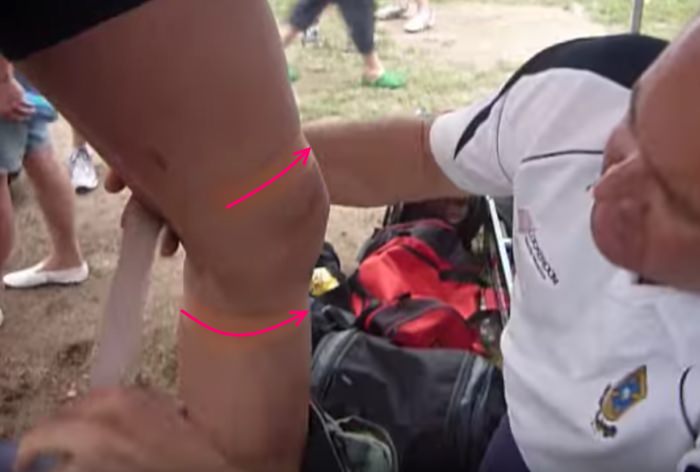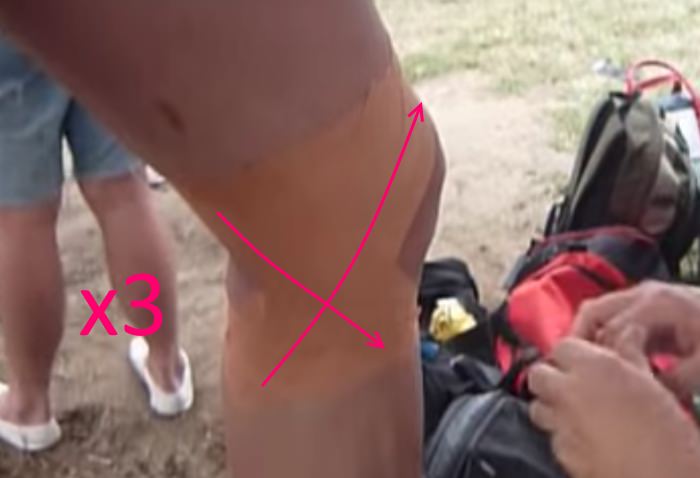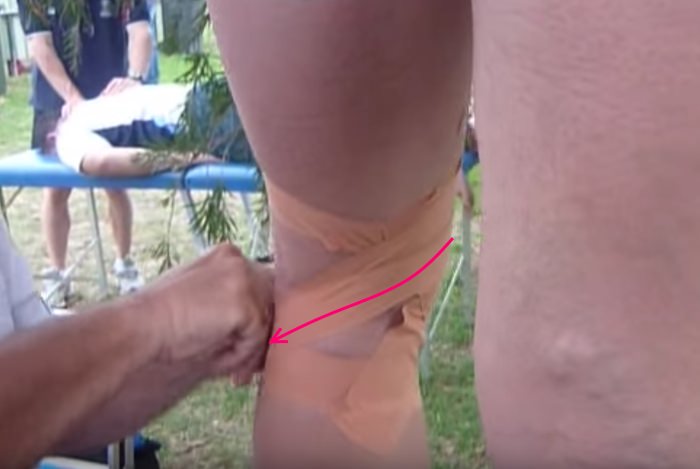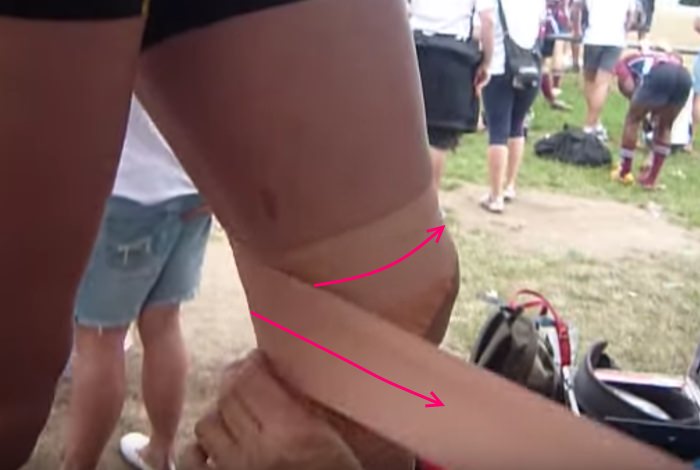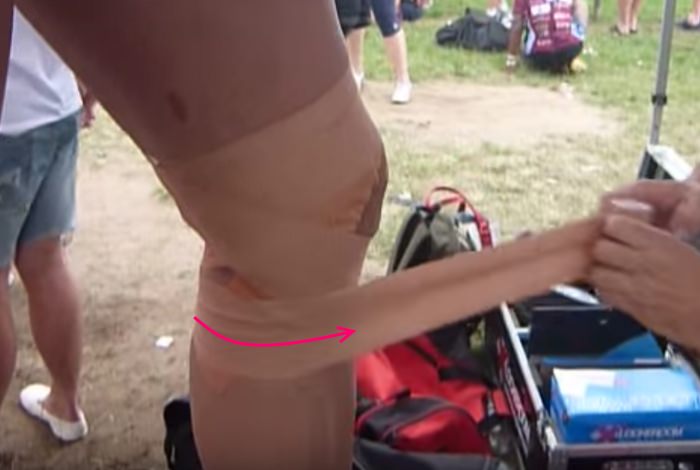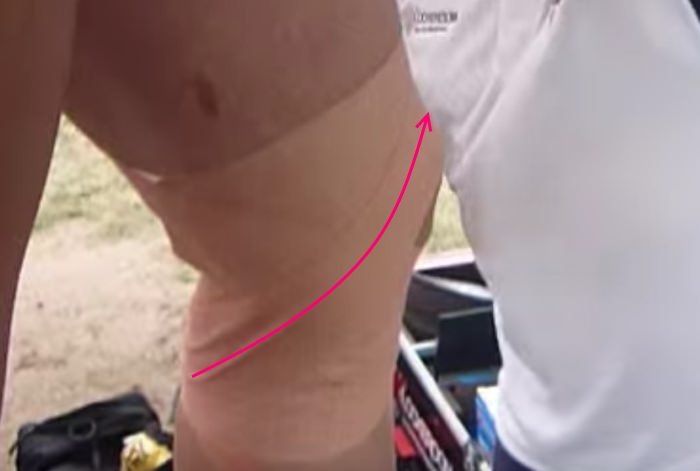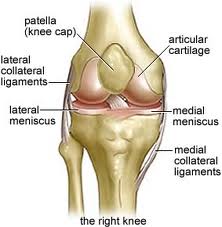Thumb injury prevention is a topic which is close to my heart, having suffered a major thumb injury during the my own playing days, with a fractured scaphoid. So in this weeks article of SportStraps “How to Strap” series, I’d like to take a closer look at how to strap a thumb.
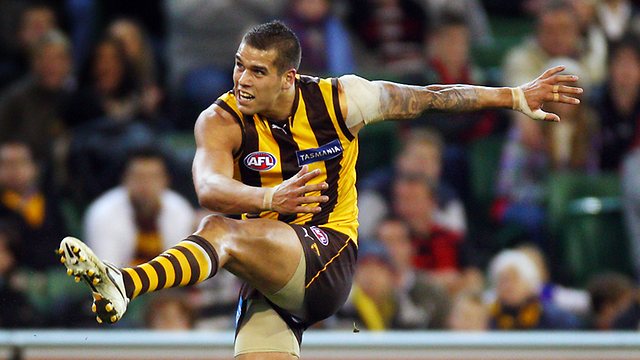
How is the Thumb Injured
[toc]One of the most common thumb injuries is the ulnar collateral ligament injury, or sprained thumb injury, where the ligaments of the thumb that support the pinch or grasp activites is strained, or torn.
During a fall while playing sports, there is a natural tendancy to use the palm to cushion the impact, and sometimes the thumb can get caught in the wrong way, and cause a thumb sprain.
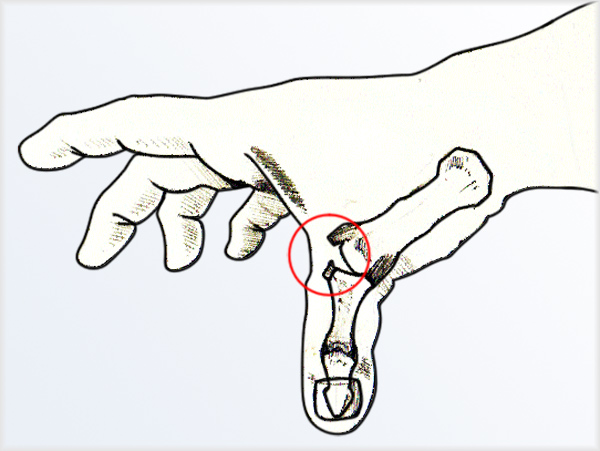
The thumb can also be subjected to being caught in the wrong place at the wrong time, like being caught in a jumper or hit awkwardly with the ball. While the ligament can usually heal relatively quickly, if the surrounding thumb ligaments are injured repeatedly they can become weakened or stretched.
So a good thumb taping technique is important for both thumb injury prevention and to assist the player to continue playing with injury.
Below is a video showing a great technique for strapping the thumb using Sports Tape, by highly experienced Sports Trainer, Cam Wray. If you have read the previous “How to Strap” articles, who will know that Cam needs no introduction, having been a trainer for many first class clubs around the world and Australia. Enjoy!
How to Strap a Thumb
[youtube]http://www.youtube.com/watch?v=kxm0AkC2n4I[/youtube]
Its clear in the video, that Cam’s method is different to the old method, and gives great support to the Collateral Ligament and Thumb Joint.
In this technique the hand is in a relaxed open position, with the tape applied as follows:
- Elastic Adhesive Bandage applied in 4-5 times alternating passes, starting on the back of the hand and passing between the thumb and index finger, around the thumb and back of hand to the base of the palm.
- Finish off with Rigid Strapping Tape with the same technique with 1-2 passes, not to tight, just to hold it all together and give extra support.
As well as using the correct thumb taping technique, its also important to use quality supplies, so lets have a look at what is needed to complete the job.
What items do you need to Strap a Thumb?
To strap a thumb properly, you are going to need the following items:
[bc_product_display id=”248″]
[bc_product_display id=”61″]
Optional items you may wish to use:
[bc_product_display id=”33″]
[bc_product_display id=”90″]
Preparation to Tape a Thumb
For the best results when thumb strapping, it is recommended to prepare the thumb by doing the following:
- Shave off any hair around the area on the back of the hand being taped (Hairy guys only).
- Ensure the hand is clean from dirt or oil.
What is the Right Tape Tension.
When taping a thumb its important comfort and to maintain usability of the thumb and hand, that the thumb is not taped too tight, or taped with the wrong technique, as it will prevent the blood flow or even worse cause the thumb to stick out and increase the risk of injury.
To strap a thumb to the correct tension, you simply need to take care to lay the Elastic Adhesive Bandage on the skin with little tape tension.
More “How to Strap” Articles?
Though this is the fourth article, there are three other articles in the SportStrap “How to Strap” series. So far we have looked how to prevent ankle, shoulder and knee injuries with some great strapping techniques.
In case you missed the articles, you can find them here:
- How to strap an ankle
- How to strap a knee
- How to strap a shoulder
- How to tape an ankle for extreme support
If you found this article helpful please complete the following:
-
- Subscribe to our Newsletter below to receive more “How To” articles as released.
- Leave a comment below, to let me know:
- Your experience with strapping a thumb,
- Or any questions you have about how to tape a thumb!
- Add your “Like” to the SportStrap fan page
Have a most outstanding day,
Cade Arnel
SportStrap.com.au ©2011

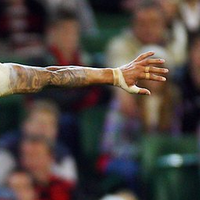
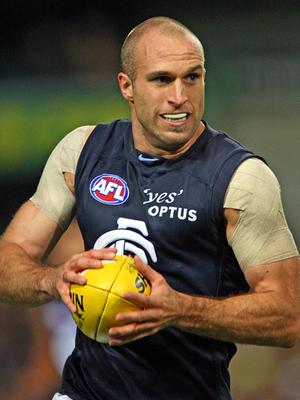
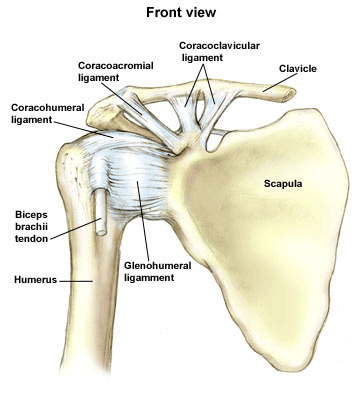
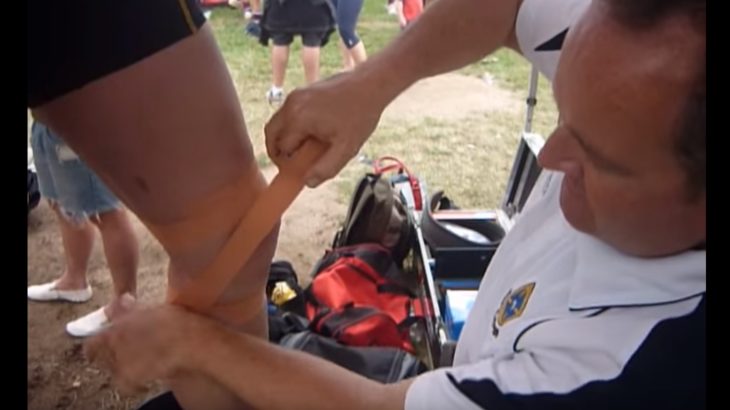
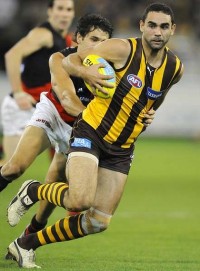 In this weeks edition of the SportStrap “How to Strap” series, we are going to take a closer look at how to strap a knee.
In this weeks edition of the SportStrap “How to Strap” series, we are going to take a closer look at how to strap a knee.